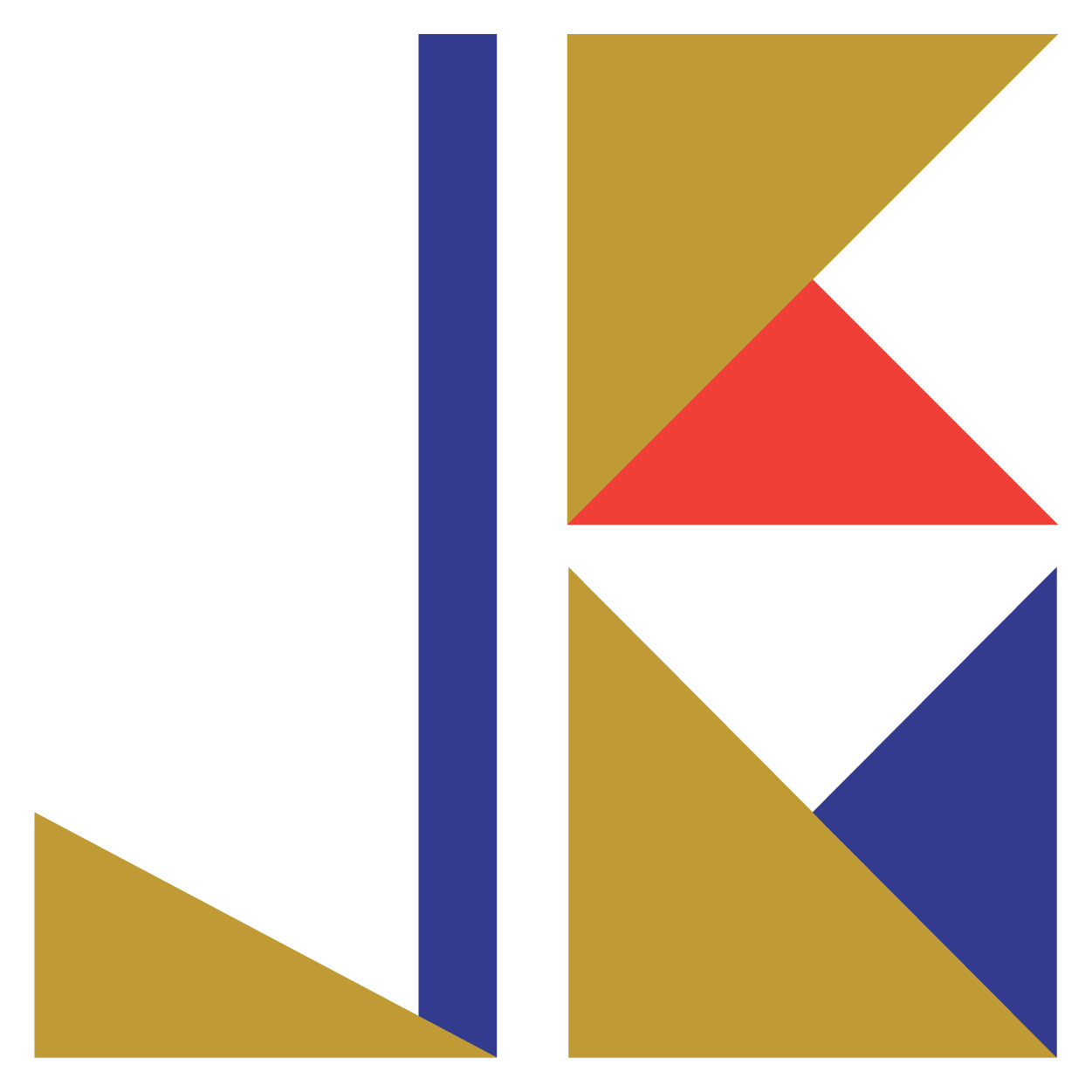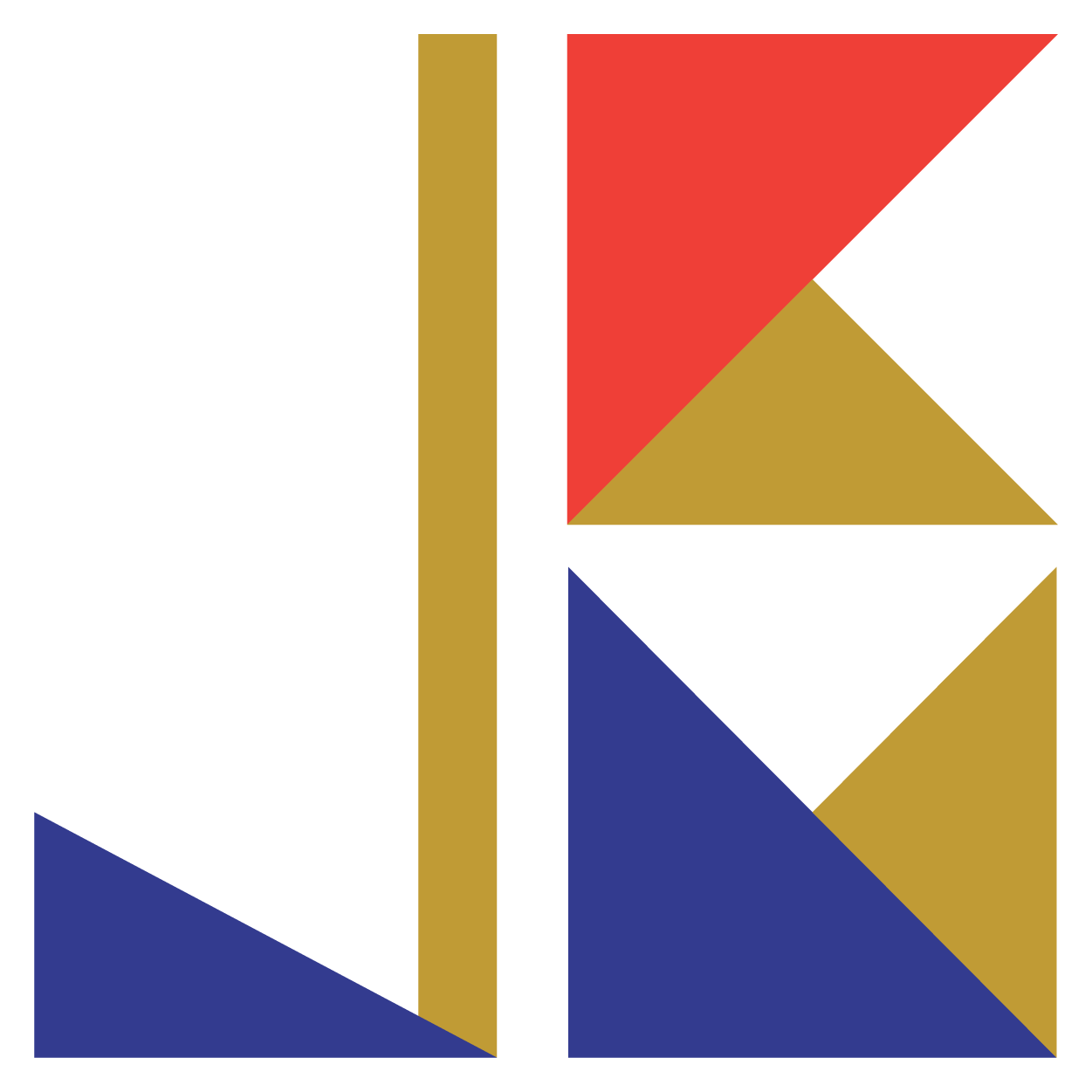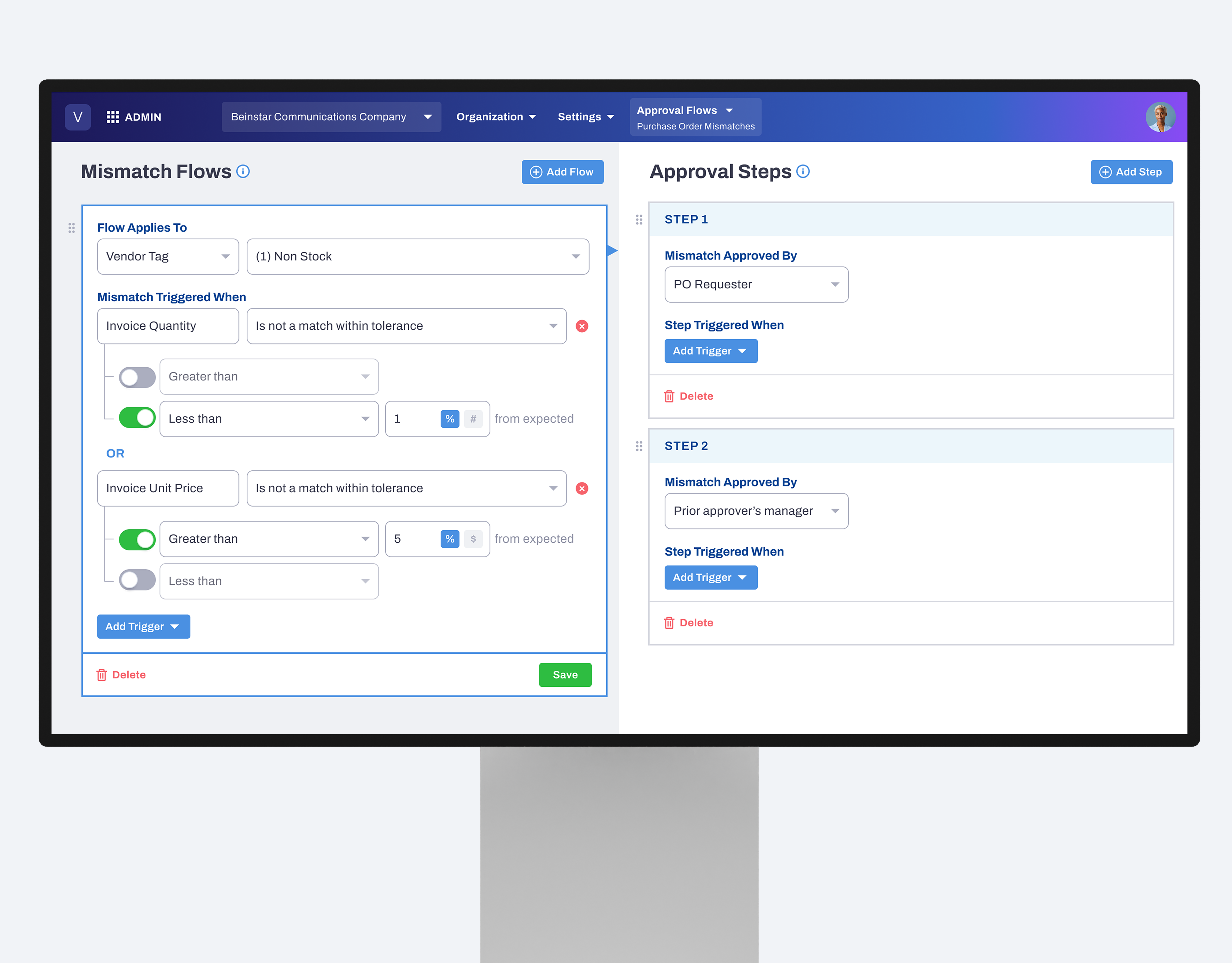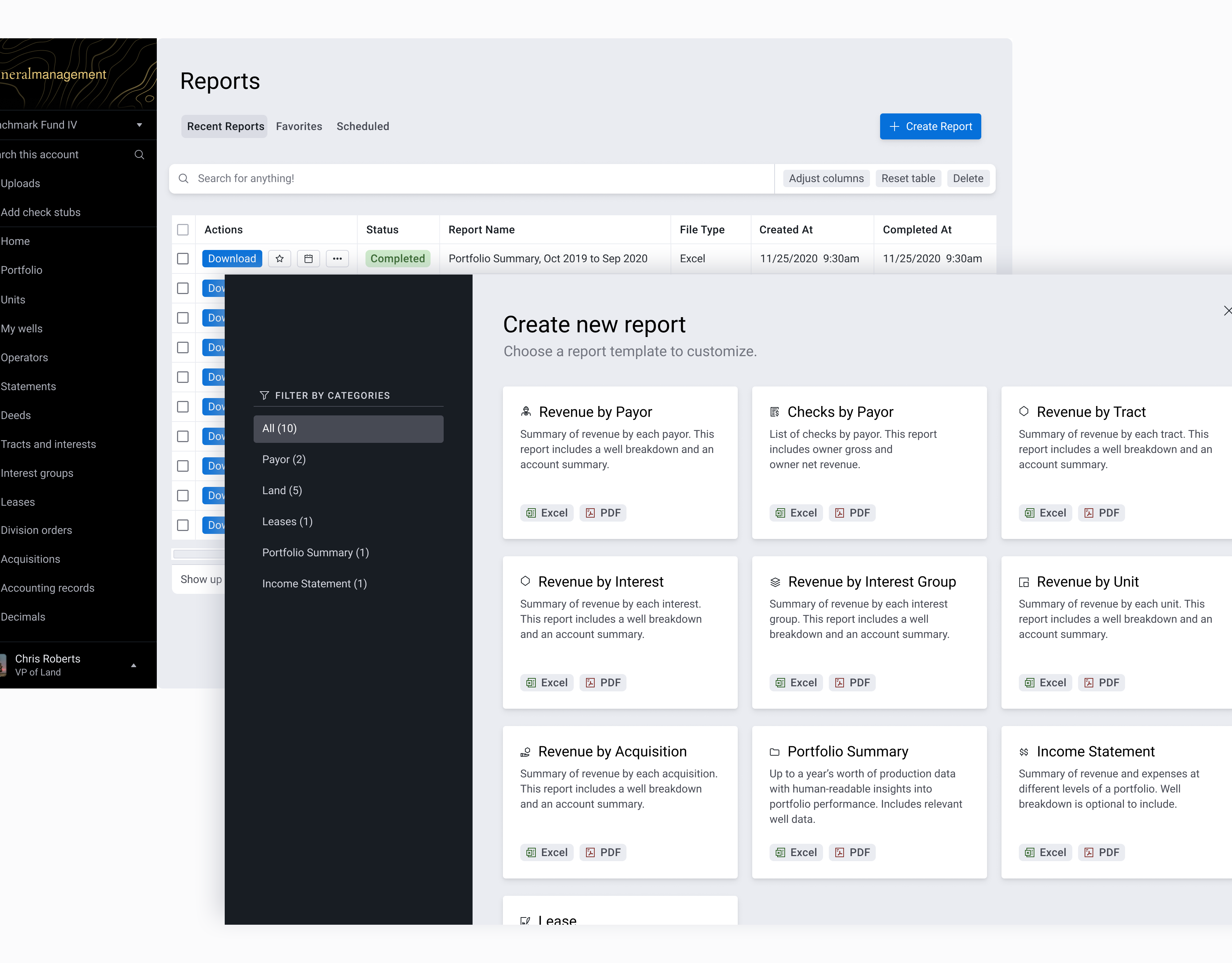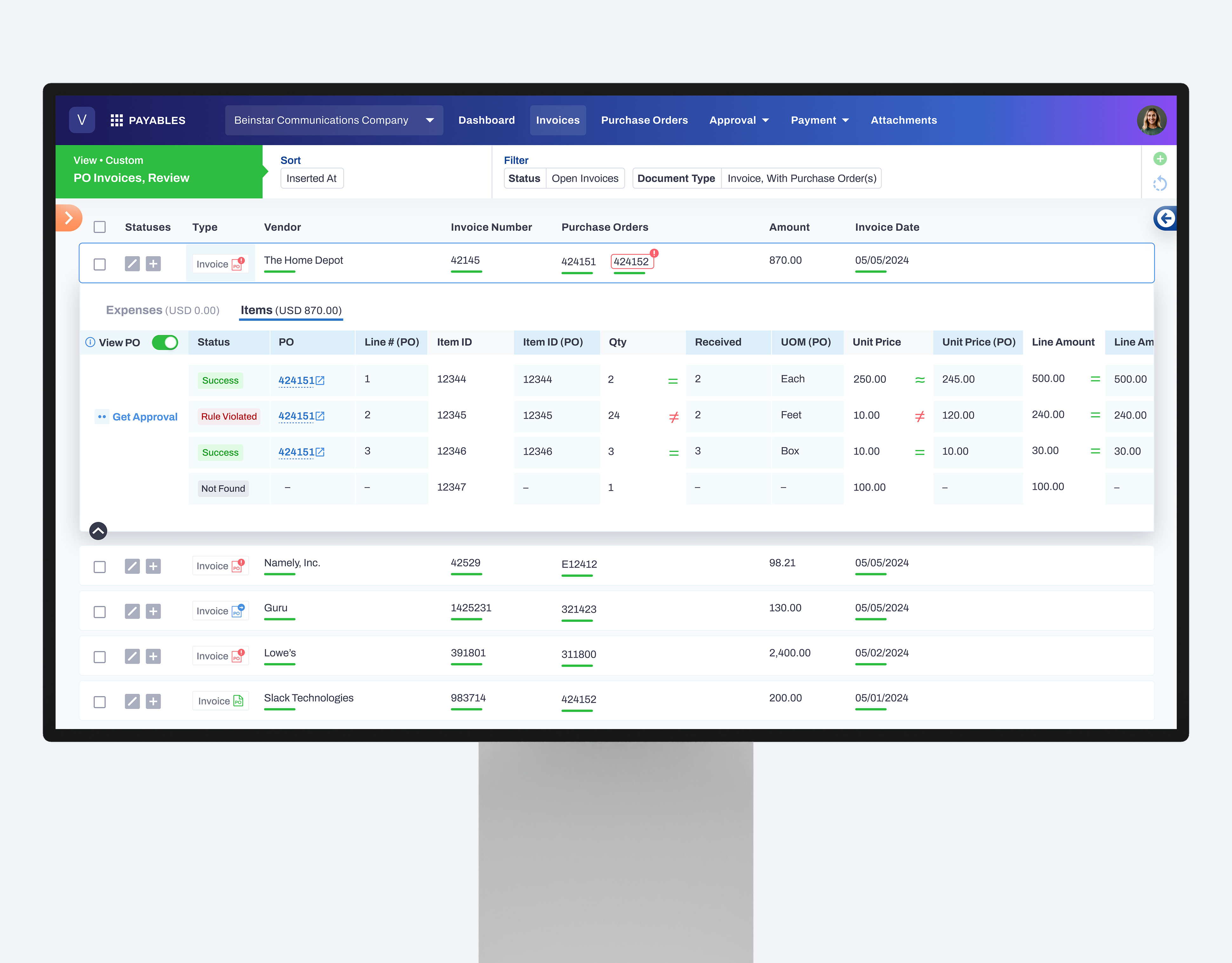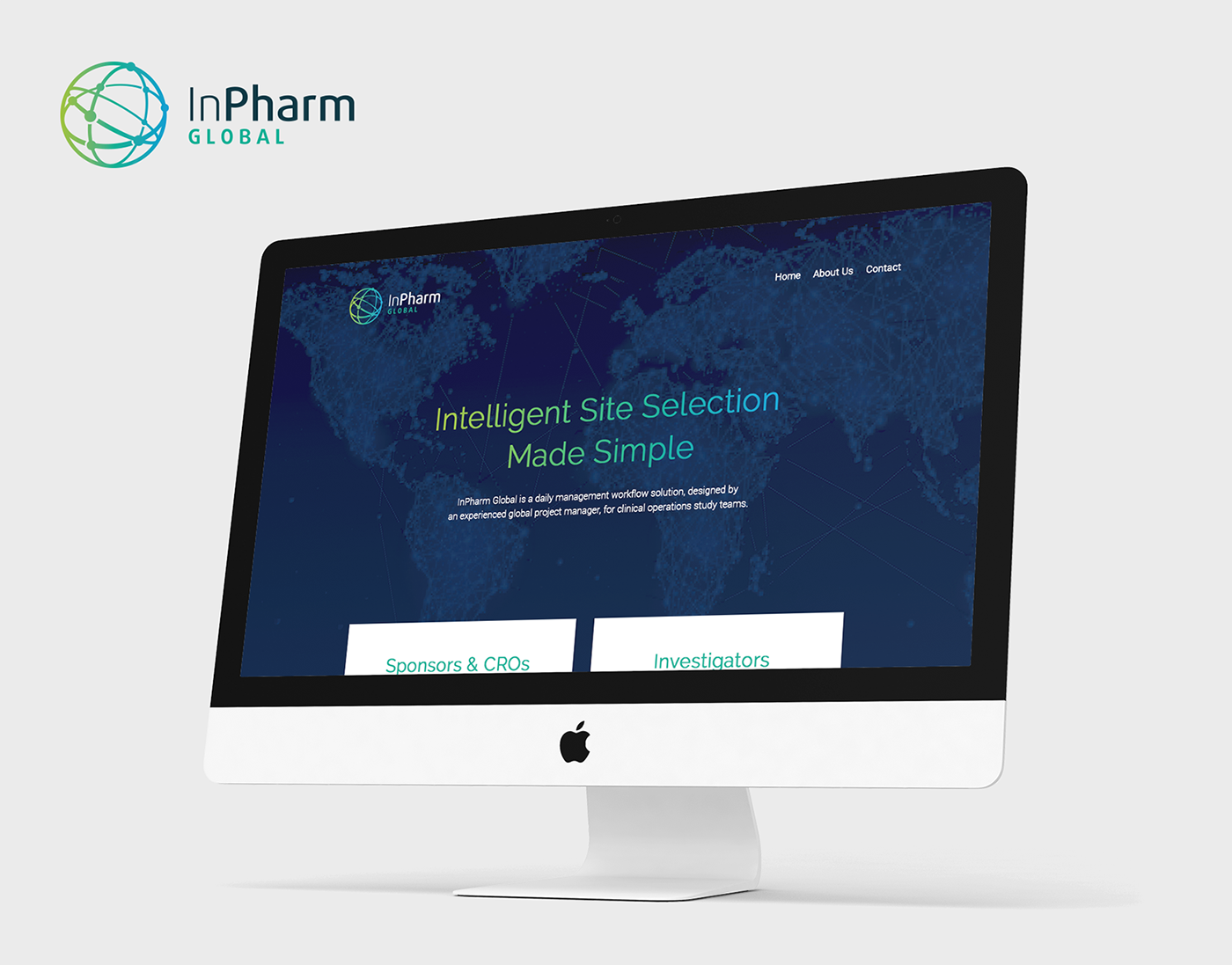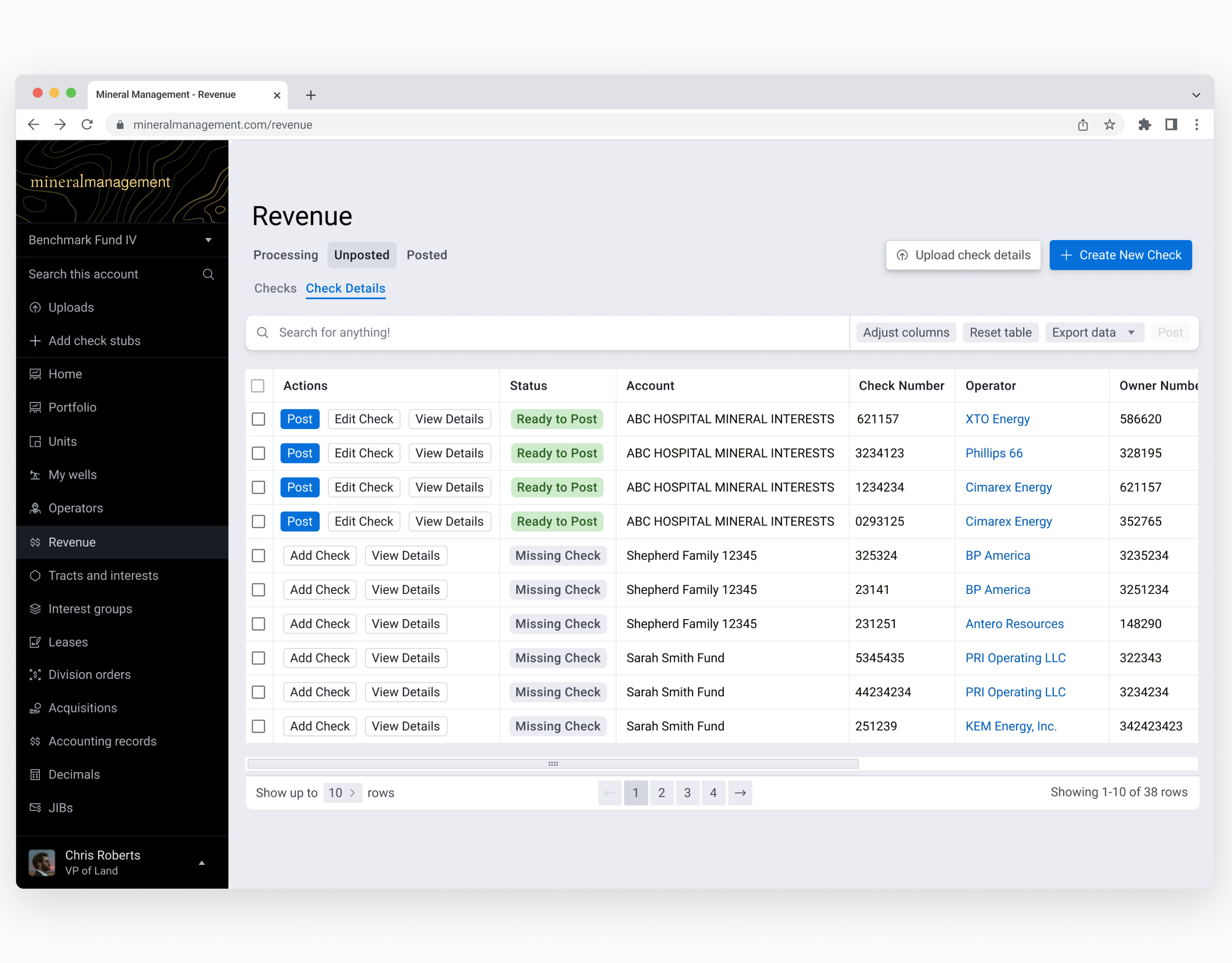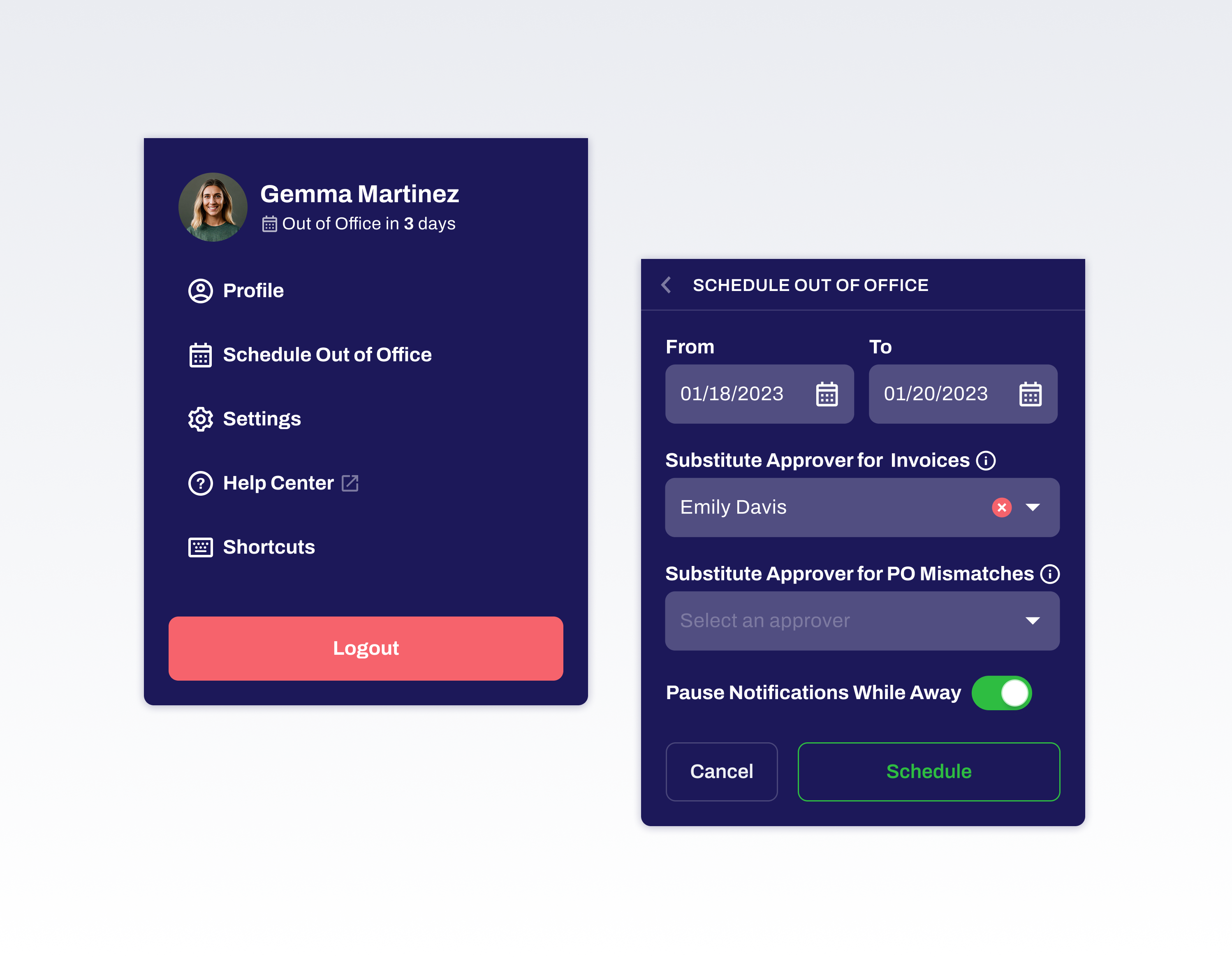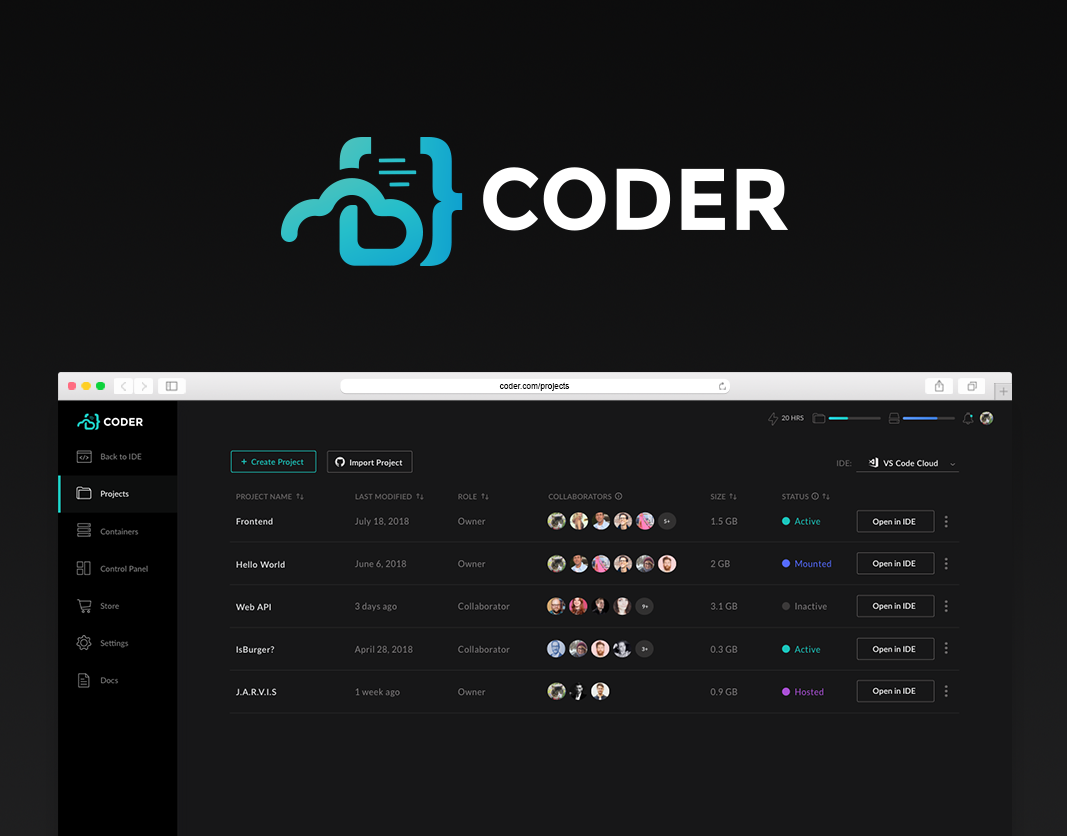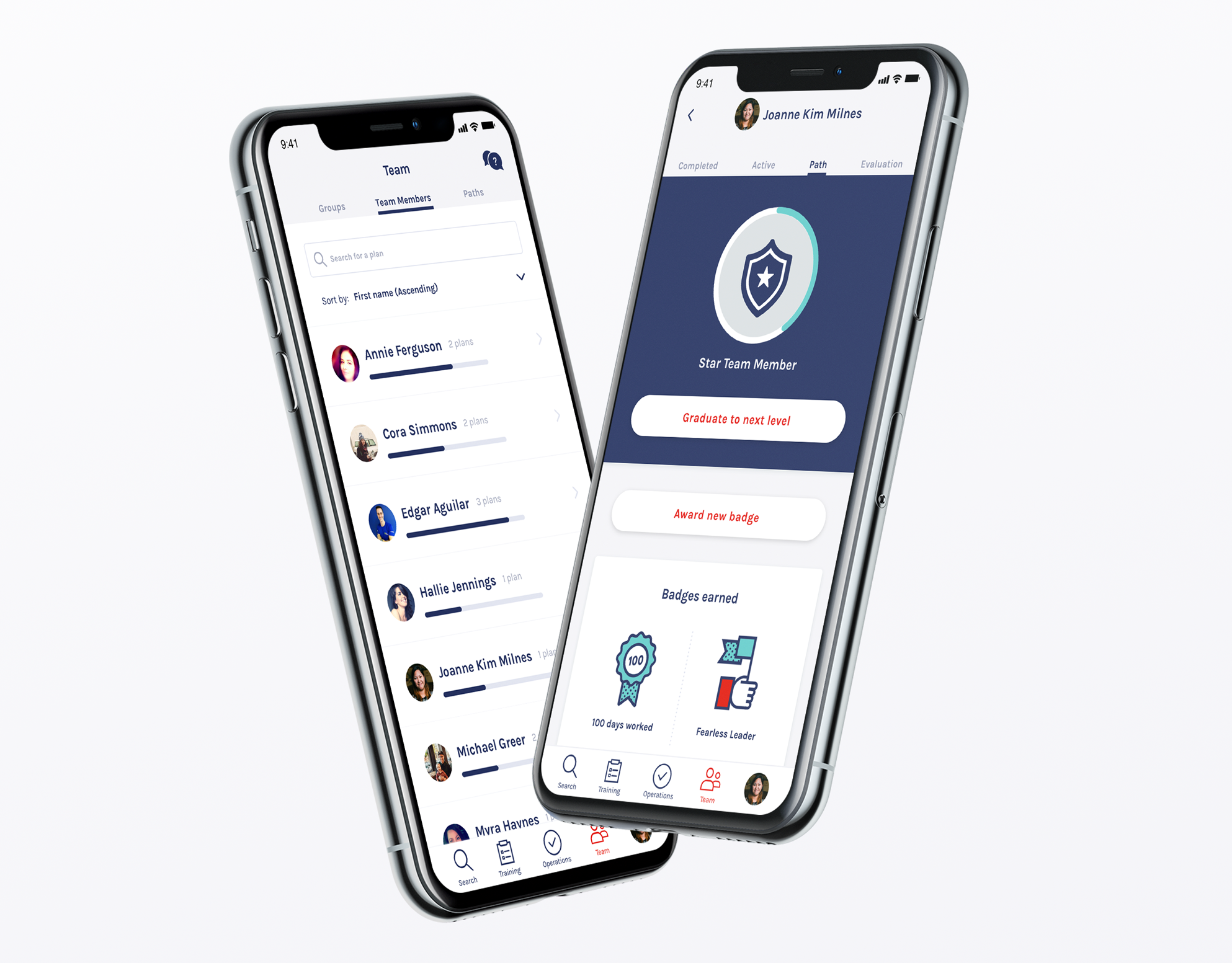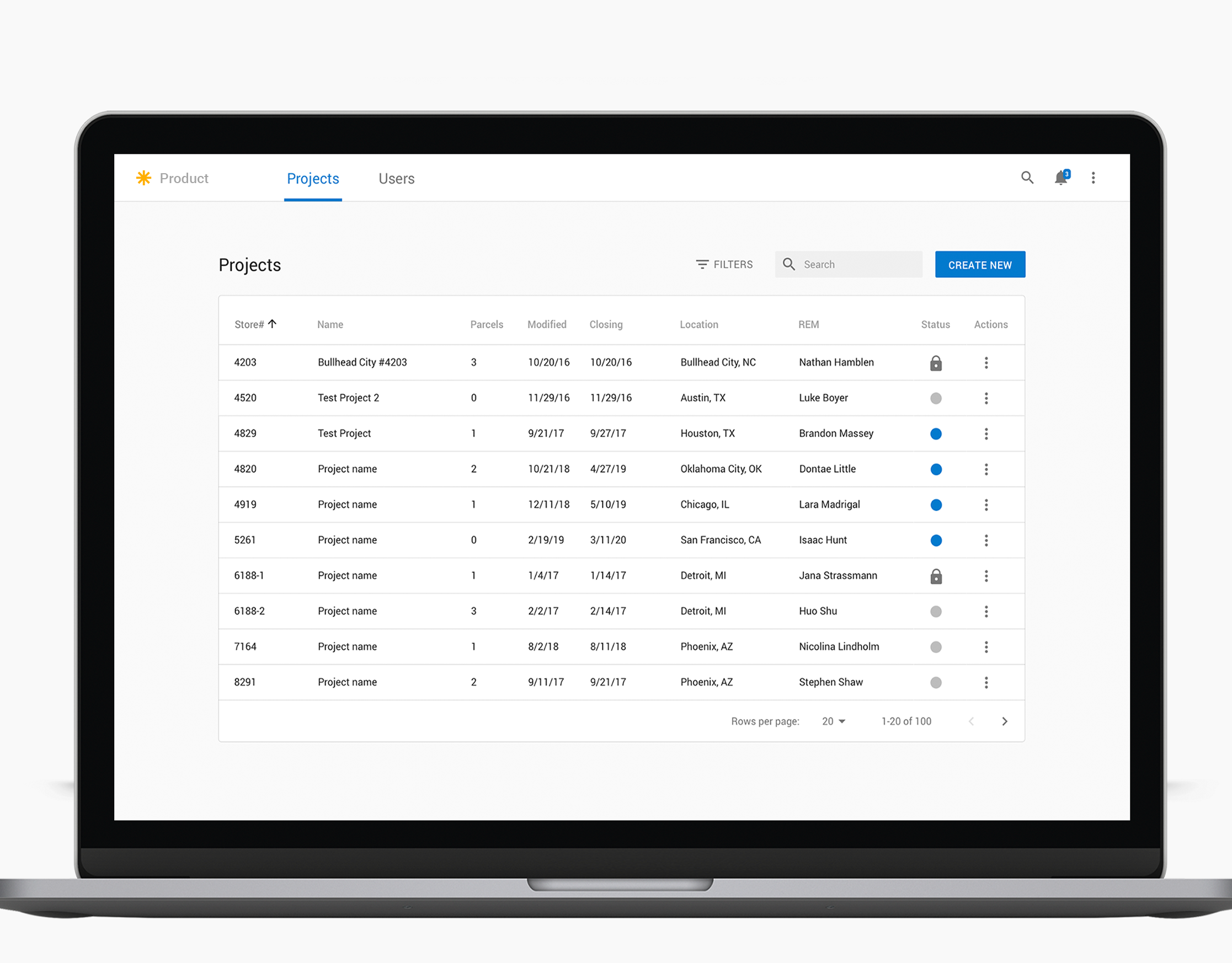Project type: Design collaboration with an aspiring founder
Project length: 4 months
My role: Product Designer
Collaborators: CEO of a recruitment firm, lead recruiter, senior product leader
Project length: 4 months
My role: Product Designer
Collaborators: CEO of a recruitment firm, lead recruiter, senior product leader
In 2021, I had an opportunity to partner with the CEO of a successful tech recruitment firm to explore a new platform aimed at streamlining interviews and improving hiring decisions. His wife, a lead recruiter with experience at companies like Meta, played a key role in shaping the vision. She brought deep expertise in fair and effective hiring practices, and we collaborated closely to design a prototype that would replace her fragmented workflow—currently reliant on multiple disconnected apps.
Identifying Key Hiring Challenges
Early on through research and discussion, we identified several major pain points hiring managers and recruiters faced:
• Defining the right qualifications for a role
• Writing effective job postings
• Structuring the interview process
• Evaluating candidates objectively
• Comparing candidates fairly
• Tracking interview progress and feedback
By shadowing the lead recruiter throughout her hiring process, I gained firsthand insight into her challenges and developed a deeper empathy for the complexities of recruitment. Our goal was to create a structured system that would help hiring managers think critically about the impact of a role, define necessary qualifications, and assess candidates objectively throughout the interview process.
Hiring: Journey Mapping
Defining our target audience & goal
We chose to focus on small businesses and startups, where hiring processes are often ad hoc or underdeveloped. Unlike larger companies with dedicated recruiters and established workflows, these teams often lack the time, budget, or expertise to implement best practices. In some cases, hiring decisions are made by founders or team leads juggling multiple responsibilities.
Our goal was to support these teams by offering a structured, intuitive platform that not only streamlines the hiring process but also educates users along the way—empowering them to confidently identify and hire the right people for their growing teams.
Designing a smarter hiring workflow
We developed a structured approach to interview planning and evaluation:
1. Start with business impact: Define what success looks like for the role in both the short and long term.
2. List required skills and qualifications: Categorize them as essential vs. nice-to-have, covering experience, expertise, soft skills, and cultural fit.
3. Map qualifications to interview stages: Ensure each qualification can be objectively assessed at the right stage.
4. Assign interviewers strategically: Prevent bias by ensuring independent evaluation.
5. Use structured scoring: Interviewers take notes on key signals and assign scores based on predefined criteria.
6. Enable fair candidate comparisons: A final score breakdown helps hiring managers compare candidates based on both essential and nice-to-have qualifications.
User flow for creating a job
Hiring Manager: Creating a job
Hiring Manager: Building the interview process
User flow for conducting an interview
Interviewer: Submitting an assessment
After designing an initial prototype, we continued refining it with the help of a senior product leader, focusing on differentiation from existing hiring tools. One of our key innovations was integrating job templates to make it easy to create "jobs" and connect companies with interview experts, helping teams build structured, repeatable hiring processes.
Connecting to expert interviewers
Testing Market Demand
In parallel with designing the prototype, we surveyed 15 HR leaders from small companies to better understand their hiring challenges and interviewed five of them in more depth. While we hoped to validate pain points around interview planning or candidate evaluation, the overwhelming feedback pointed to a different hurdle: attracting the right talent and narrowing down the candidate pool.
Later, I reconnected with three of the interviewees to walk them through our prototype. They responded positively, highlighting how intuitive and helpful it felt to guide them through every phase of the hiring process.
Still, after weighing the saturated market and the high cost of building an MVP, we ultimately decided not to move forward. Many teams already had long-term contracts with larger HR platforms, which would make it difficult to gain traction—even with a well-designed product.
Impact & Outcome
Although the product didn’t move forward, the experience was highly valuable. I gained deeper insights into hiring challenges, collaborated with industry experts, and tackled real-world problems through design. This project reinforced the importance of early market validation and showed how structured UX thinking can clarify complex workflows.
By not proceeding with the MVP, we saved the founder valuable time and resources, allowing him to focus on other projects. One key takeaway was the importance of validating demand before committing resources to building a solution. Early validation of the core problem would have allowed us to pivot more effectively and refine our approach. This experience has made me even more intentional about grounding my design work in real user needs and business viability from the start.
